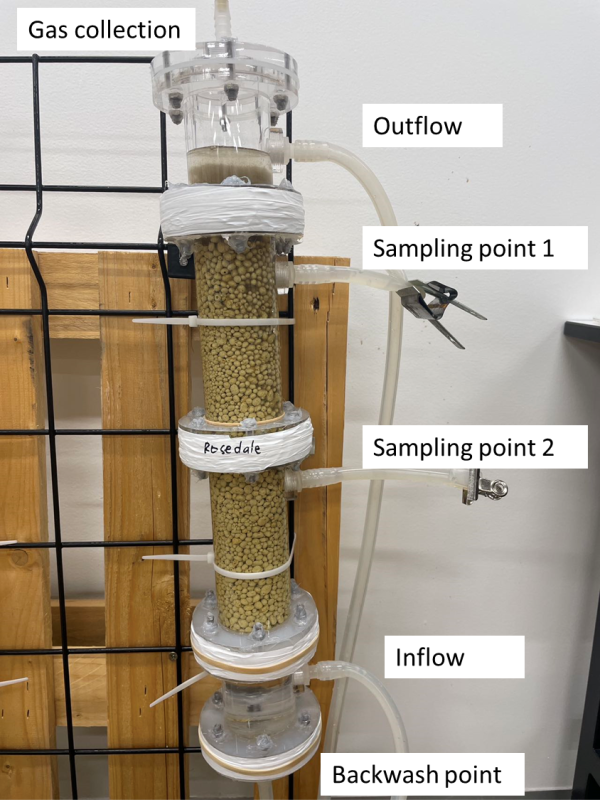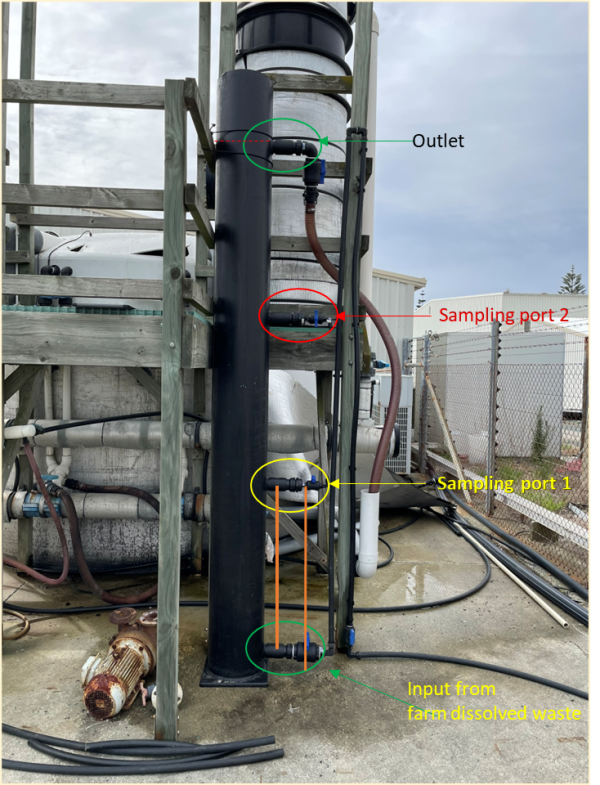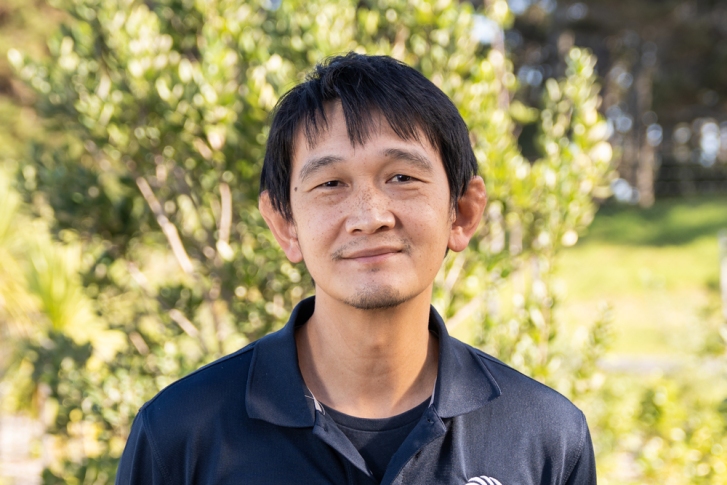Excessive nitrate levels in our waterways is a nationwide problem. It causes environmental degradation to waterways and coastal areas from eutrophication, affecting values we hold dear (economic, cultural, environmental, health, well-being). Widespread concern over nitrate is a major contributor to broader water quality being consistently the top environmental concern for NZ since at least 2010. However, no current technology is available for widespread use in NZ. Conventional technologies to remove nitrate from wastewater are electricity-intensive, utilise non-renewable-carbon sources to feed conventional denitrifying microbes, and unintentionally generate significant GHG emissions (e.g., CO2, N2O). Municipal wastewater treatment plants (WWTPs) produce 258 kt of CO2-e annually (approximately 0.3% of national emissions) and are a key source of N2O, necessitating emissions reductions in alignment with the Zero Carbon Act.
The project
Our research contributes to addressing the challenge of developing an energy-efficient, net-zero-emission process for wastewater denitrification, requiring minimal capital investment to incorporate into existing and future WWTPs and other applications. We aim to achieve this by utilizing autotrophic denitrifying sulfur bacteria (ADSB) that denitrify with zero CO2 and minimal N2O emissions in both saline and freshwater environments. In a world-first, we aim to further boost denitrification efficiency by incorporating cable bacteria (CB), a unique filamentous ADSB with long-range electron transport capability, to effectively create an additional reactive surface layer. This technology will enable wide implementation of net-zero carbon wastewater denitrification to potentially remove the majority of point-source nitrates such as WWTP, dairy processing plants, land-based aquaculture, etc.
Scientific outcomes
- Proven highly efficient, scalable denitrification platform for saline applications such as land-based marine aquaculture. Pilot-scale reactor (160 L) demonstrated satisfactory and consistent efficiency ADSB denitrification (700-1,100 mg/L d. of Nitrate-N) of land-based marine aquaculture application. This technology has the potential to facilitate aquaculture and other operations that are otherwise restricted by nitrogenous discharge regulation.
- First identification and characterisation of NZ cable bacteria.
- Benchtop-scale demonstration of ADSB effectiveness in freshwater and saltwater.
The team
Our multi-institution research team and its network of relevant experts has extensive knowledge of wastewater treatment and denitrification engineering in New Zealand and internationally. The team boasts a demonstrable international track record of delivering impacts from complex research projects, successful collaborations and industry partnerships. Earth Sciences New Zealand (formerly NIWA) is leading the project, with close science partnership with the University of Auckland and PHF Science (formerly ESR). The NIWA project members include Alvin Setiawan, Rupert Craggs, Niketi Toataua, Reza Moghaddam and Kyron Stewart.
If you are interested in this project, please get in touch with [email protected]. We aim to provide updates of the project through social media (Earth Sciences New Zealand LinkedIn and Facebook) and this webpage.



